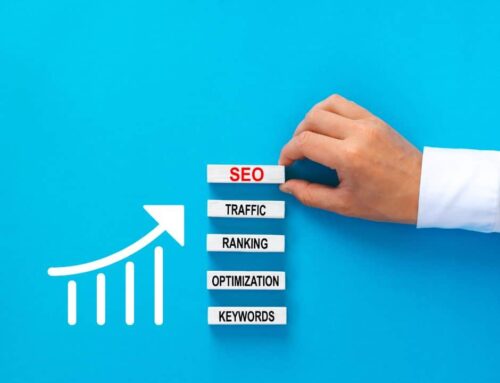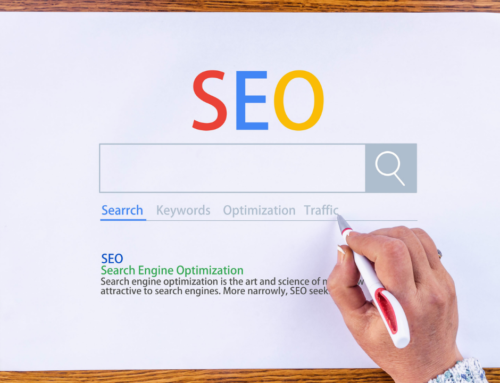Search engine optimization has been a game of cat-and-mouse between Google and SEO users for years.SEO writers and analyst do their best to work the system, and Google continues to change up their system in an effort to prevent companies from gaming the system. One of the most recent changes has caused many optimizers to change their way of thinking.
What is Pigeon?
Google’s theory is that, when people are searching for a particular type of business, service, or a product, there is a good chance they are looking for them nearby. The Pigeon update enhances local listings – for instance, if you were to look up “hardware store” in previous versions, you would likely have been directed to the closest national chain, or a hardware store that stuffed their website with the right SEO words. With Pigeon, it now takes into consideration where you are located, when making up the rankings.
Who Does It Affect?
It affects all listings, but on the bright side, it should be beneficial to small, local business owners in the long run. It reduces the ability of large chains with SEO teams to dominate the listings when a Google search is initiated. It has had an immediate impact on chains and large multi-location companies, but they will start compensating for it as time passes and more experience with the current algorithm is gained.
Of course, it affects the customer as well, but in a good way. More customers are defining their searches with where they are looking for something. They do not want a bar in Philadelphia; they want a bar that is near their location in Fishtown.
What Should a Small Business Owner Do?
The first thing a small business owner will need to do is set up and optimize a listing on Google Places. Pigeon makes it so that this is really no longer optional if you want to show up on the first page of search results. You will need to set up a Google My Business page, featuring correct and specific information about your business. Then, you’ll need to find and remove any similar pages that may have different information – you would be amazed at how many duplicate listings you may find.
The second thing to do is duplicate that information in as many business directories, portals, blogs, and anywhere else it may be mentioned. You need to make sure that every mention of your business includes the same information as your My Business listing – it helps Google to link them together.
A big part of creating better Local SEO is to get involvement. You can do this in the form of customer reviews on your Google business page. These customer reviews bolster your standing as a trusted local business, which will provide a better chance of you being ranked favorably for local search terms. Simply type in “restaurant + your location” in Google and see what comes up – chances are, they all will have been reviewed 10+ times and have at least 3.5 stars. That goes for any type of local business.
After that, it is basically about producing quality content and pages that mention your neighborhood, town, or other local identifiers. This is old-school, basic SEO, but often gets missed. The more often your city, state, or neighborhood is mentioned in a clean, informative manner; the higher your business will rise in local rankings. Content is king and will always be king. Working location into that content improves both the content quality and your Local SEO power.
With this update, Local SEO looks to be the single most important methods of SEO moving forward – at least until Google changes their algorithm again. Particularly for local businesses who depend on walk-in customers, or depend on providing a service in a specific area, this should provide a boost in search engine ranking and visibility. If managed correctly, the use of Local SEO could easily lead to increased business for even the mildly SEO-savvy.





